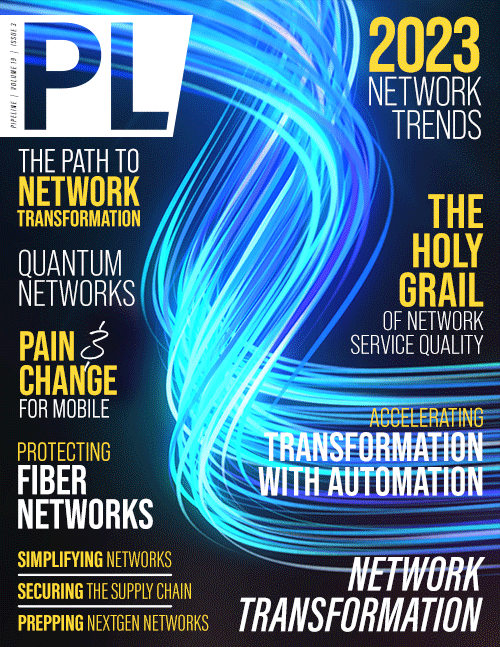2023 Mobile Network Predictions:
Pain and Progress
Goodbye pets: supply chain industrialization grows
I think the telecom industry will wake up to the fact that it needs to focus on supply chain.
Telecom needs to industrialize its supply chain to move from being highly inefficient to highly efficient.
Supply chain industrialization is where servers are no longer treated as “pets”—that is, servers that get named and are repaired and upgraded. Instead, they are treated like “cattle”—managed like a herd with numbers instead of names and if they break, they are no longer useful.
There is a known process to follow called the industrialization cycle that continuously optimizes supply chain following phases of standardization, combination, abstraction, automation and governance. I’ve written about this cycle on LinkedIn.
Telecom has been stuck in a pre-industrial place, but public cloud is well advanced in industrialization of its computing infrastructure and able to reduce costs by using yield management, automation, consolidation and combination of the whole server fleet. This has led to unit economic growth that supports offering services that look like they're losing money when they are not. They are running at 80 percent gross profit because they have pulled the inefficiency out of the supply chain.
What needs to happen in the hardware supply chain is to minimize the number of different SKUs required. Every SKU creates a different supply operation and needs to be inventoried and warehoused. Spare parts must be ordered, systems managed, and technicians and operators trained.
I’ve heard of some operators with nearly 500 different hardware SKUs—that’s 500 different bits of hardware that require inventory warehouse, spare parts, returns and management.
Imagine the simplicity of a telecom operation with only two hardware SKUs that do everything required in the network. The cost savings are enormous. And then those two SKUs are managed the same way so they can be automated. Then, fleet management can be done on the SKUs.
The software supply chain is completely different. What’s important here is modernizing software development into a continuous integration and continuous delivery (CI/CD) process with automated onboarding, testing and upgrading.
![]() To date, telecom has not managed to disaggregate
hardware supply chain from software supply chain. Software still moves at the speed of hardware and hardware has too many SKUs. That then immediately becomes incredibly expensive. That's why
cloud is changing the world: it is disaggregating and abstracting hardware from software.
To date, telecom has not managed to disaggregate
hardware supply chain from software supply chain. Software still moves at the speed of hardware and hardware has too many SKUs. That then immediately becomes incredibly expensive. That's why
cloud is changing the world: it is disaggregating and abstracting hardware from software.
Adopting a cloud-smart mindset
Another big focus for telecom is around truly moving to a 5G standalone (SA), cloud-based operation and telecom truly becoming cloud. Many people have discussed having a cloud-first mindset, but the industry needs a cloud-smart mindset. Cloud smart is an economics discussion around infrastructure supply chain and utilization.



















